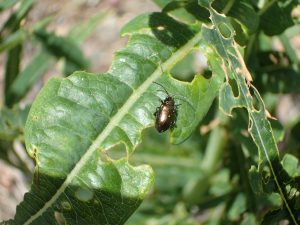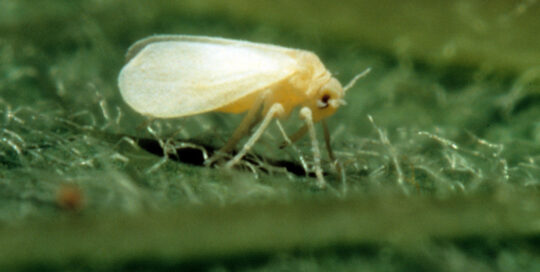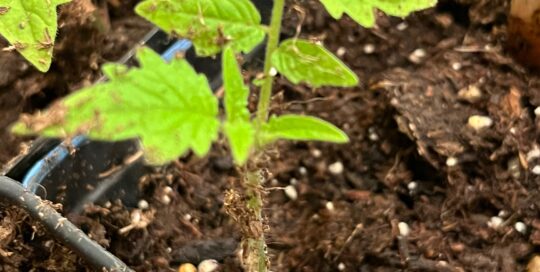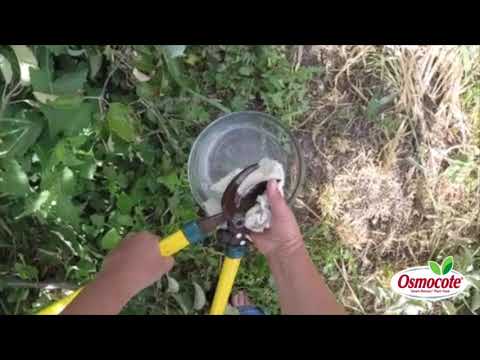Protect your plants from leaf eating beetles
Views: 5055

Ahhh…. mid-summer. The garden is in its full glory and we’re enjoying the bounty of the harvest. Unfortunately, some years we’re not the only ones. A wide variety of leaf-eating beetles are also feasting upon the lush growth. This is how you handle the situation.
No matter where you live, there are leaf-eating beetles that jump on an opportunity for a good meal. And many times you don’t necessarily see them in the act of munching your prized chard or green beans. The best way to take care of the situation is to understand the species that is bugging you the most.
Bean leaf beetle battles
If there are 1/8 inch holes in your bean leaves, or the bean pods are chewed, there’s a good chance you have bean leaf beetles. Somewhat resembling an elongated ladybird beetle with a red or orange shell and black spots (although there are species without spots), the 1/4-inch long bean leaf beetle feeds in the warm afternoons and can be physically removed. Flick them into a can of soapy water if there aren’t too many.
For extensive infestations, Neem and Spinosad are on the less intrusive end, but they will have to be reapplied every week. Products containing Carbaryl are stronger and tend to be effective for a longer period of time.
The woes of Japanese beetles
These beautiful beetles are a bane in the garden. They particularly like roses but will chomp nearly any green plant absolutely obliterating the leaves and blossoms of hundreds of varieties.
The best way to manage Japanese beetles is to control them in the lawn where the grubs overwinter and mature. This doesn’t help in the summer when they are devouring your plants so you need to know what you can do now. Pick them off manually and dispose of them like the bean leaf beetles in soapy water. Another option is to place netting over your favorites to prevent the beetles from reaching the plants. One thing you don’t want to do is to use the Japanese beetle traps because they utilize a pheromone that is basically a big advertisement for your landscape. Bt (Bacillus thuringiensis) is a natural means of killing the beetles.
Blister Beetles making problems
Blister beetles are the worst! You know when you have them because they chew your plants down to nothing in short order. What’s worse is that physically removing them (at least without gloves) potentially causes itching and blistering. When I had them, the most effective tool was using the vacuum to suck them completely off of the leaves. Since they seem to swoop in en masse, then leave when the food source is gone, this was the easiest way to be rid of them.
The Great Mystery of the Blister Beetle
When you don’t know what’s chewing on your plants

There are so many leaf-eating beetles that sometimes it’s difficult to figure out what is eating your plants.
Even though these are a couple of common offenders in the garden, sometimes hole-filled leaves hide the culprit. In this case, you need to do your best to discourage pests while not harming your crop or the environment. Neem oil is always a good first choice. It knocks out many species without persisting on the plants. Bt is my second choice because it is effective on a number of species.
When you are treating your plants check the soil around them. If the beetles sit in the debris below the vegetables, the treatment fails. Spray the leaves and soak the soil.
Leaf-eating beetles are discouraging when they eat more than their share. Address the issue as soon as you see it to stay ahead of them to enjoy your vegetables before they do.
Meet Amy Grisak
Amy is a freelance author and photographer in Great Falls, MT who specializes in gardening, foods, and sustainable agriculture. She provides information on every kind…
Amy's Recent Posts

Watch Out for Silverleaf Whiteflies








